Shipping container homes are gaining popularity globally, especially as Tiny Houses, as they can be seductively attractive with their modern looking lines, colours and shape - but one question we've been asked consistently is:
"Are shipping containers Good or Bad as homes - and for the Environment?"
Like many great ideas, the re-use of shipping containers for housing makes complete sense on the surface, but they may not be the best use of materials when you look at the big picture. While it may work fine in a moderate climate, slugging it out through a Canadian or Northern US winter in a metal box may not be the wisest of moves, so your climate zone will considerably effect whether a shipping container home is good or bad for you...
Five reasons why we aren't sold on this noble attempt at alternative tiny housing:
1. Energy efficiency:
Metal is a conductor - of both heat and cold - as evidenced by the popularity of metal frying pans over say...wooden ones, for example. This makes metal a less than ideal substance in many applications of home construction.
为了使集装箱房屋在寒冷的气候中更节能,你需要将其外部绝缘,可能也需要将内部绝缘。You would need to ensure on all sides, including the bottom, that the metal does notact as a thermal bridge, robbing you of your hard earned heat.
In order to attain a modicum of energy efficiency, you would end up still having to build an entire additional structure to accommodate insulation, as well asinstall exterior cladding. So gone is that nice modern metallic look you were after as well as the very reason for doing this, having the metal container act as the main structural wall.
Optionally you could put all your insulation on the interior, but to have a sufficient amount of it you would significantly reduce the amount of usable interior space. One option is spray foam, in which casechoose CFC free spray foam options for a green build- orsee here for how to choose the right home insulation.
Stacked containers:
It would be easy to think that stacking shipping containers would improve their efficiency, but this is not the case as there is no exterior building envelope. Given that metal would pass continuously from the exterior through interior division walls in a shipping container home, it will still be necessary to insulate all four sides of a shipping container being converted for housing or risk significant heat loss through thermal bridging.
This would add significant material use and cost compared to a building constructed without highly conductive materials extending into interior division walls.

2. Recyclability:
Metal is infinitely recyclable, so the container has not been 'saved from a landfill'. Put a chunk of metal at the end of your driveway and it will disappear, destined for a metal recycling depot where someone will be handed some cash in exchange for it. The monetary value alone of an old container ensures it will be recycled one way or another.
金属的提取和制造是高污染和能源密集型的,所以一旦我们拥有了它,我们最好好好利用它。When used to form a structure, thecarbon footprint and embodied energy of metal is far worse than that of wood.
From agreen building materialsstandpoint, materials should be used in their most sensible manner, meaning it would be better if metal were kept in circulation and applied to a use that only metal can fill.
3. Strength:
A metal container house is strong, but so is asolid wood-framed house. There is a common association between container houses anddiy green roofs部分原因是集装箱能承受很重的负荷。他们当然可以,但这种思维方式低估了木材的性能和强度。你可以很容易地搭建一个木制屋顶来承载绿色屋顶上增加的土壤重量,而且木材是可再生的,通常是本地的,比金属更可持续地收获。
4. Health:
Container houses may subject you to toxic substances, as it is hard to know what was previously contained in a container before you moved in. Pesticides, chemicals or other toxic materials may have left some residue behind, despite the best cleaning you can give it, and subsequently ahealthy indoor air quality might be a problemas the walls of a shipping container are designed to be airtight. Be very careful with any products being used inside a shipping container home to make certain they areformaldehyde free - especially wood panel products.
5. Cost:
集装箱房屋并不一定意味着造价低廉。由于上面提到的原因(框架和绝缘),以及技术问题相当复杂(钻孔、管理连接、电气连接等),将集装箱转换为房屋实际上会比完全不使用集装箱更昂贵。
With the potential need to build another entire structure on either the inside or outside of the shipping container, the metal itself is reduced to being little more than an interior finished surface, or acting as theair / vapour barrier, where it isn't necessarily doing that great a job anyway. Using old containers as the launching pad of a home building project locks up huge amounts of metal that could be far more useful in other applications.
With all that said, kudos to container house builders for their vision, innovation, compact design and re-purposing of materials. It's just that in our opinion, this is a housing solution better suited to climates that are a bit more forgiving than here in Canada or North America. Ironically, given the common intentions of their advocates and builders, a shipping container house in our experience will by square foot of living space end up using more raw materials and cost more to operate than a conventional wood-framed house - so a shipping container home might seem like acheap Tiny House option, but will probably end up costing more once heating and cooling is taken into account.
Now you know more aboutwhether Shipping Container Homes are Good or Bad:-Findmore pages about Tiny Houses and resilient green building techniqueshere :
Find more about green home constructionin the EcoHomeGreen Building Guideor to learn more aboutthe benefits of a free Ecohome Network Membership, see here.Or看到一个美丽的集装箱家在温暖的气候在这里。 |


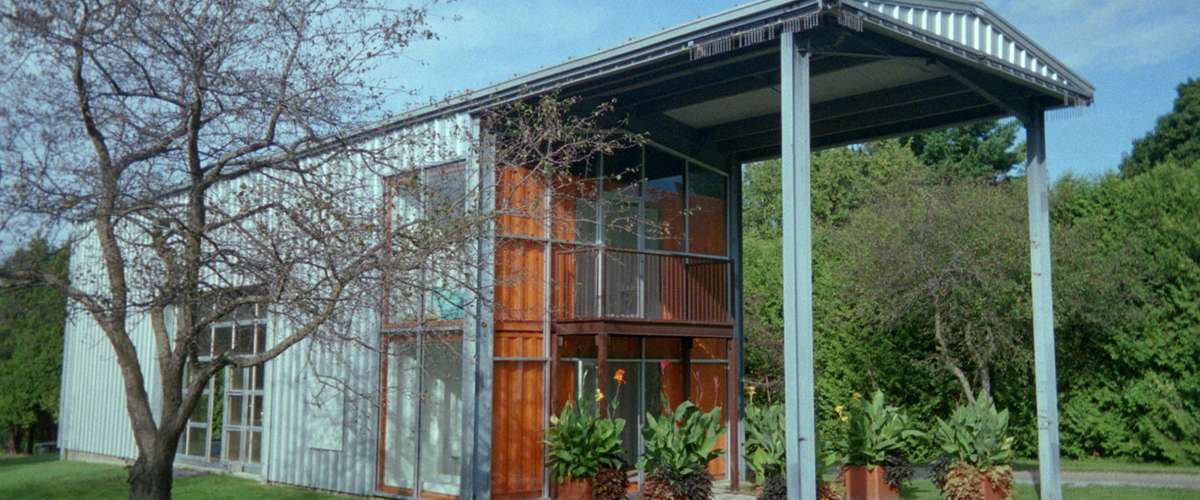














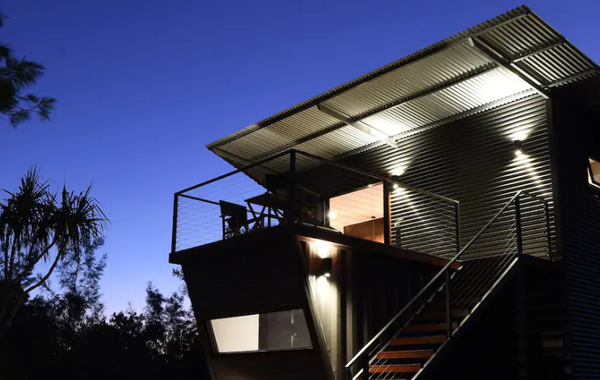
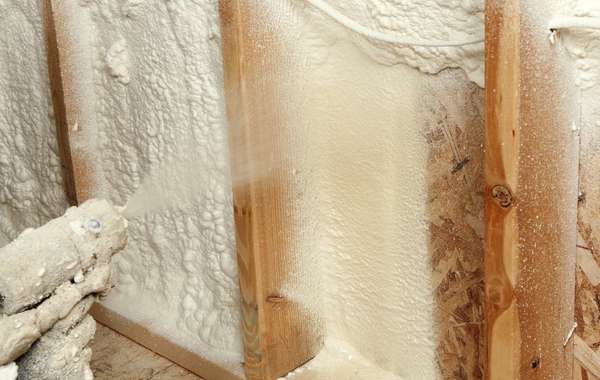
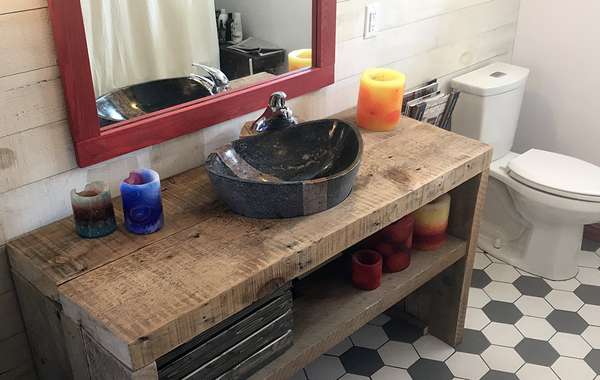
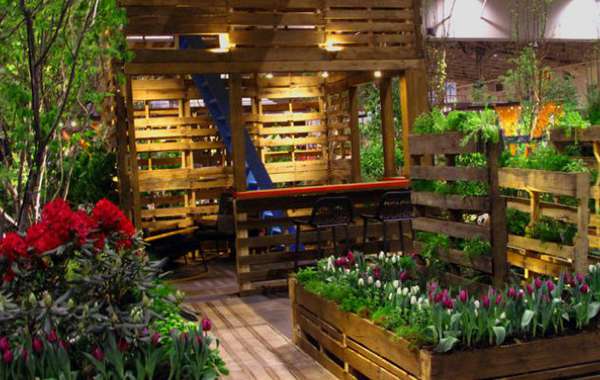
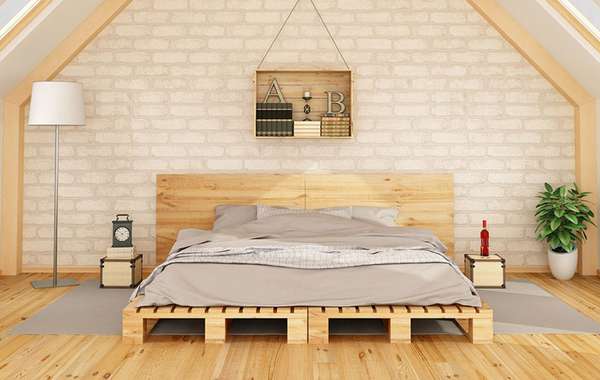
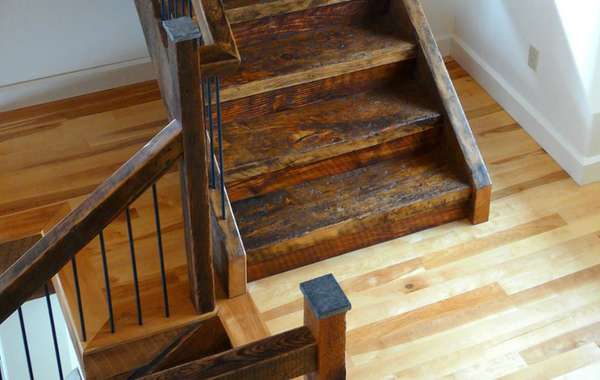
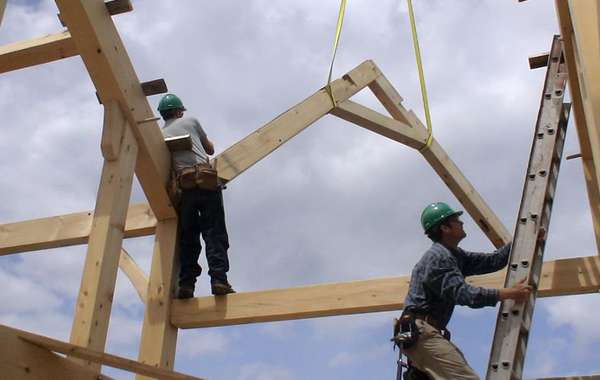
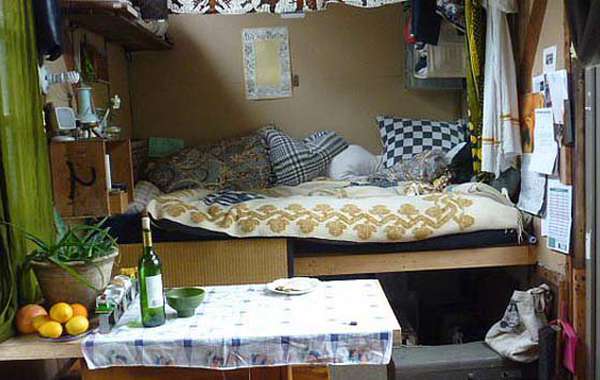

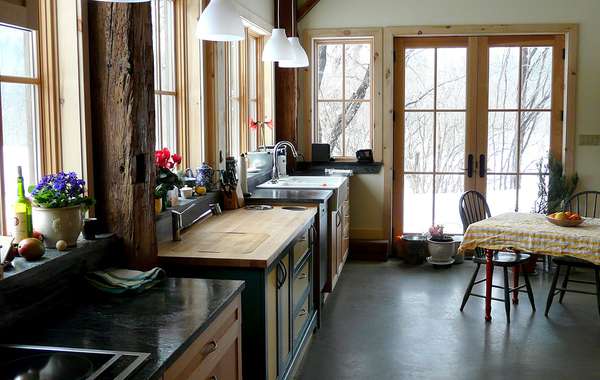
Yes, there might be some downfalls when it comes to this kind of housing option but I wouldn't say it's all that bad. Shipping containers really don't have to be expensive. Prefab or shipping container homes can also be a great long term solution for homelessness too.
Thanks Sandra, and being affiliated with a container house I thank you for your respectful and measured response. It's important not to gloss over the downsides of container houses or any other out of the box building technique, and that happens often in the green building arena when an innovative idea gets monetized. This is not the first critical look we've taken at backyard building ideas that came from a place of conservation and material re-use then went viral. We havepages on whether Earthships work in cold climatesandwhether Tiny Houses on wheels are all that great in a cold climatewhen you take a critical look under the hood for health, performance and eco-credentials. If you have a shipping container in your backyard already and have no way to get rid of it I would say sure, build a shelter out of it, but livingin a cold climate I wouldn't personally seek a shipping container home outgiven the poor thermal qualities of metal as a building material and the myriad of other uses it could have - thougha shipping container home as a Tiny House might be great in a warmer climate. If there is something we've missed in our analysis in terms of cost, performance or life cycle please let me know. Our intention with this piece is as always, to provide accurate and non-biased information and not gloss over positive attributes just to get a rise out of people. Drop us a line anytime at[email protected]Best regards, Mike
Now that the cost of lumber is simply prohibitive -- and for how long, we really don't know, do you think it makes more sense to build a container home?
嗨,约翰,有趣的想法,但不,由于木材价格,我不会再关注集装箱房屋了,因为建造内外墙无论如何都需要木材来做螺柱和毛皮条。就容量而言,建造较小的房屋是有道理的,但文章中列出的缺陷仍然存在于集装箱房屋中。
On a 2000 + sq ft house with tons of interior division walls you would pay a premium of tens of thousands for the lumber, but for a container sized home that needs some wood anyway, the amount of money you may save on a building that small by trying to find wall systems with less wood would likely be negligible. I imagine the modular ones that are stacked an assembled, but for the most part individual unit container houses don't use much wood for interior walls due to how narrow they are.
We are seeing increased interest in ICF, which used to be a noticeably more expensive way to build but the rising cost of lumber has narrowed that gap. Here is a page abouthow to build houses using less lumberwhere you can see get some ideas of options that may be worth pricing out.
Thanks. Where is the page yiou mention about building houses with less lumber?